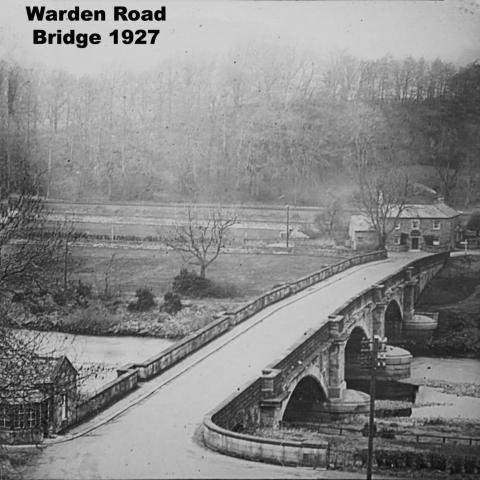Warden takes its name from the Old English weard-dun – watch hill. The Iron Age fort on a hill top overlooks the meeting of the North and South Tynes and provides extensive all-round views. Fourstones lies just over a mile to the west. Its name is the subject of debate. There were, supposedly four boundary marker stones one of which was reputedly used as a post box by little Jacobite messengers clad in green or blue. Could it be from the Scots ‘faw’, yellow describing the colour of the rocks? Another possibility is that it enumerates the four kinds of stone found in the vicinity – coal, limestone, sandstone (freestone) and ganister. Fourstones sits astride the Roman Stanegate which parallels and pre-dates Hadrian’s Wall and was a very important east- west route. Other historic settlements in the parish are Walwick, Hardhaugh and Frankham.
After being abandoned by the Ancient Britons it is likely that Warden Hill was used as a look-out to give early warning of marauding Romans, Vikings, Scots and reivers but the focus of life shifted down the slopes to the river. There are tales of the site of St Michael’s Church being used as a retreat by early Christians but all we know for certain is that the base of the tower is Saxon (eleventh century). The style is Early English but the building was extensively re-modelled in 1765. Warden was an important river crossing, first by ferry – hence the Boatside Inn and West Boat settlement- and then by bridge. A fine suspension bridge was built in 1826 but in 1877 it collapsed under the weight of a steam threshing machine. The present bridge was opened in 1903.
A minor road connecting Warden with Walwick is Homers Lane which has gained notoriety from being the locus of Joe the Quilter’s cottage. Widower Joe Hedley made quilts of outstanding quality and lived a lonely, uneventful life. He was not rich, having at one stage claimed Parish Relief. But in January 1826 Joe was brutally stabbed to death. The assassin, or assassins, was never found.




